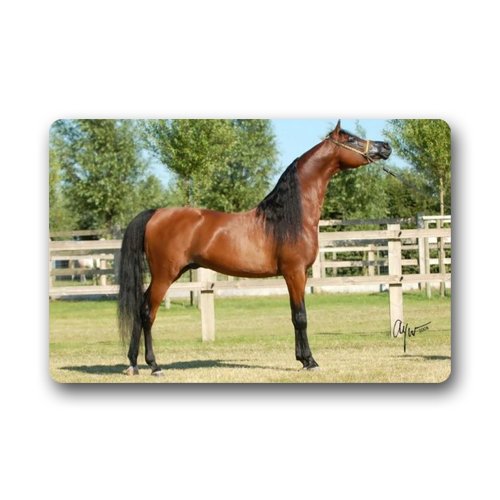Horses with small bones and thin legs which weigh less than 1300 pounds. Some examples are: Thoroughbreds, Quarter Horses, Morgans, Arabians, Saddlebreds and Tennessee Walkers.
Thoroughbreds
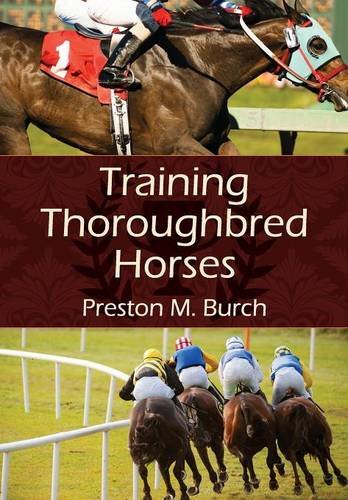
The Thoroughbred evolved in Britain in the 17th and 18th centuries, due to an interest in racing. The Thoroughbred pedigree can be traced back to the bloodlines of the three key Arabian stallions, none of which ever raced. Most Thoroughbred genes are derived from only 31 original ancestors, and all descend from these three stallions.
These three principle Thoroughbred pedigree bloodlines include:
Byerly Turk – The Byerly Turk stood stud in County Durham and founded the first of the principle bloodlines.
Darley Arabian – The Darley Arabian was bought in Syria and brought to the owner’s home in East Yorkshire. He was mated with the mare Betty Leeds and produced the first great racehorse, Flying Childers, and Bartlett’s Childers whose descendent Eclipse founded the second bloodline.
Godolphin Arabian – The Godolphin Arabian was brought to England in 1728 by Lord Godolphin of Cambridgeshire. He was grandsire to Matchem who leads the third line.
Thoroughbreds have delicate heads, slim bodies, broad chests, and short backs. Their short leg bones allow a long, easy stride. They are sensitive and high-spirited. Averaging 16 hands (64 inches, or 163 cm) high and weighing about 1,000 pounds (450 kg) at maturity,
Thoroughbreds are usually bay, chestnut, brown, black, or gray. Outstanding for speed and stamina, they have been combined with and have improved several other breeds of horses. The term thoroughbred is sometimes incorrectly used to mean purebred, but Thoroughbreds are a specific breed.
Thoroughbreds may be used as hunters, polo ponies, stock horses, or riding horses, depending on their training.
As the fastest of all horses—it can achieve a speed of just under 40 mi (64 km) per hr for a distance of a mile (1.6 km)—the Thoroughbred has held undisputed reign as king of horse racing!
The key to their swiftness is the long distance between the hind hip and hock that allows for maximum thrust when galloping and the depth of the girth that allows for maximum lung expansion.
The modern Thoroughbred is bred to mature at an early age because the prime racing years are at 2 and 3 years old. All horses who run in the Triple Crown, composed of the Preakness, the Belmont, and the Kentucky Derby, are 3 year old Thoroughbreds.
Thoroughbreds tend to have a fast metabolism so they require more feed for their size than other horses to keep at a good weight.
The Thoroughbred is physically tested to the utmost in horse racing. The results of this are high accident rates as well as other health problems. Some complications they are prone to are constipation, bleeding lungs, a small heart and hooves that are small for the size of their bodies, as well as low fertility.
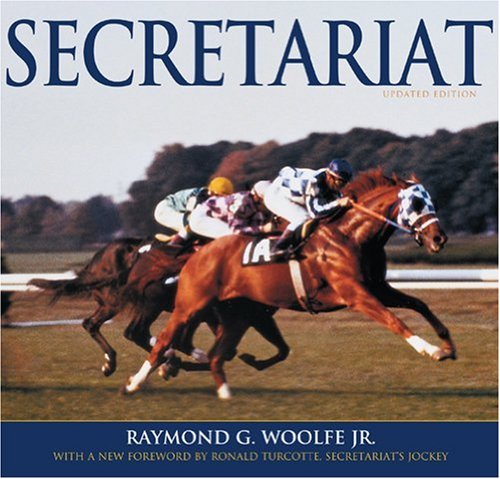
Some famous Thoroughbreds are:
Synsonby — bred by Foxhall Keene, 1902, lost only two races in his career to Artful and Race King.
Colin — unbeaten in his brief career in 1907 and 1908, won the English Epsom Derby in 1908.
Exterminator — born in 1915, purchased in 1918 as a work horse for Sun Beau, the Derby favorite. When Sun Beau broke down before the race, Exterminator, raced at thirty to one odds, was the surprise winner.
Man O’ War — born in 1917, bought as a yearling by Samuel Riddle for $5,000, trained by Louis Feustel, his only loss was to Upset, as a two-year-old when he was Horse of the Year. Won 20 of 21 races. One of the greatest Thoroughbred sires of all times.
Equipose — won the 1931 Preakness and the National Stallion Stakes at Belmont, known as the “Chocolate Soldier.” In 1942, the year’s leading sire posthumously, when his colt, Shut Out, won the Derby and was the top money winner.
Citation — The first Thoroughbred millionaire in history and a Triple Crown Winner. A versatile runner, by Bull Lea and born at Calumet Farm, Lexington, in 1945. He died there in 1970 at age 25, after a long and successful career as a sire.
Tom Fool — born in 1949, purchased by Mrs. Harry Payne Whitney, Greentree Stable. Trained by John M. Gaver, second horse in history to win the Handicap Triple Crown. Horse of the Year and Handicap Horse of 1953.
Native Dancer — this silver gray horse won 21 of 22 races in his career. Owned by Alfred G. Vanderbilt, best two-year-old of 1952 and champion three-year-old in 1953, retired in 1954. Sired Raise A Native, Majestic Prince and Kauai King.
Kelso — Horse of the Year 1960-1964. Won the Handicappers’ Triple Crown in 1961 followed by nearly every important American Handicap Race. Owned by Mrs. Richard C. Dupont, trained by Carl Hanford. The gelding earned $1,977,896 after 8 seasons of 39 wins in 63 races.
Secretariat — in 1973, the first horse to win the Triple Crown since Citation in 1948, won 16 of 21 starts, fourth all-time money winner. Tied or broke 5 track records. Secretariat sold for $6,080,000.
Quarter Horses
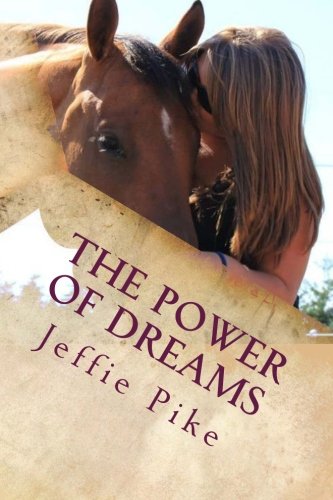
The Quarter Horse is truly an American breed of horse. It was created to compete in quarter racing, one of the earliest forms of horse racing in America. The founding stallion was a Thoroughbred named Janus, imported to America in 1756. He was a famous sire of great racers in Colonial America.
The Quarter Horse proved capable of many tasks besides racing. When the pioneers moved westward, the Quarter Horse found a new role on the cattle range where its explosive speed and intelligence proved ideal for herding cattle.
The Quarter Horse became a choice mount for rodeo riders. Today the breed is also used for show jumping and combined training. The Quarter Horse is one of the most versatile horses.
The three types of Quarter Horses are the heavy “bulldog” type, Thoroughbred type and popular intermediate type.
The bulldog type has massive muscles, large hind quarters and shoulders and a body with substantial barrel.
The Thoroughbred type shows the frequent crosses between the two breeds. It is lean in musculature, has fine bone in the legs and is sleeker than other types.
The intermediate type has substantial muscle, good bone, a short back and deep body. The head is short, broad and full at the jowl, the ear small, and the neck full. The quarters are high and muscular, the legs spread.
Quarter Horses are found in most colors. The breed has intelligence and good temperament.
The precise origins of the Quarter Horse have been argued incessantly and vigorously, almost from its very beginning. We know with certainty that the most important influence on the Quarter Horse came from the Thoroughbred horse, Janus, imported as a ten-year-old to America in 1756. Janus stood at stud for 24 years, but the origin of the mares he was bred with is the subject of dispute.
Historians variously maintain that the ancestors were Spanish horses, Chickasaws, Galloways, Hobbies and so on. The characteristics of the Quarter Horse, then, are due to a host of influences from different breeds.
Morgans
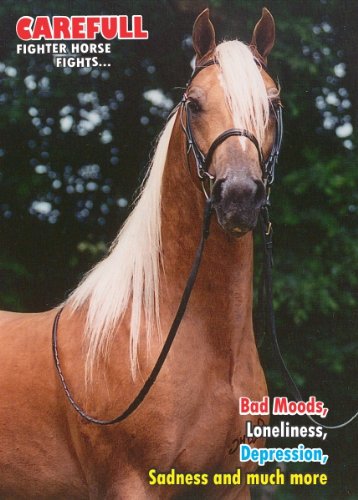
Attention – Beware / Fun Sign Horse Morgan Horse for your home or house SF2858 Size A5
The Morgan horse is a native American breed with an outstanding reputation for its elegance and versatility. While many breeds have found greatness due to their brilliance at a certain task, the Morgan’s greatness is based on its versatility. It is used in carriage harness, under saddle, in the show ring, sport events, and in many general purpose activities and tasks.
The foundation sire, Justin Morgan, was foaled in Massachusetts in 1789. He was a prepotent sire and an extraordinary worker for his size. For many years, the Morgan horse was the fastest horse for harness racing. It also earned a great reputation as a cavalry mount in the Civil War. The Morgan is the only breed accepted as the basis for the cavalry remount service.
he Morgan averages between 14.1 and 15.1 hands and occasionally reaches 16 hands. It is most frequently found in the colors bay and chestnut, although buckskin, black, palomino, gray, dun, creme, and brown are accepted.
The Morgan is easily recognized by his proud carriage, upright graceful neck, and distinctive head with expressive eyes. Deep bodied and compact, the Morgan has strongly muscled quarters. The Morgan horse has a dramatic gait with considerable action.
The Morgan is one of America’s first native breeds. It owes its existence to a single stallion named ‘Figure’. The breed was named after its owner, Justin Morgan, who was a school teacher in New England in the late 1700’s. This stallion was said to possess incredible strength and speed, even though he stood at only 14 hands.
The ancestry of the horse, Figure, is uncertain. Some claim he was a Welsh Cob while others say he descended from the racehorse, True Briton. But either way he was noted for being very strong and fast, and a familiar participant at the races and weight hauling contests. His reputation grew and he became a desired stud. His descendents were popularly used for driving and harness racing, and in the Civil War the Morgan’s pulled canons.
The modern Morgan Horses are more refined but still strong and spirited. They are known for having wonderfully pleasant personalities with an exceptional cooperative and willing attitude. This is one of the most popular horse breeds in the United States and it has its own registry, the American Morgan Horse Association.
Arabians
For thousands of years, Arabians lived among the desert tribes of the Arabian Peninsula, bred by the Bedouins as war mounts for long treks and quick forays into enemy camps. In these harsh desert conditions evolved the Arabian with its large lung capacity and incredible endurance.
The Arabian horse was primarily an instrument of war, as were horses in general in most societies of the time. A well-mounted Bedouin could attack an enemy tribe and capture their herds of sheep, camels and goats, adding to the wealth of their own tribe. Such a raid was only successful if the aggressors could attack with surprise and speed and make good their escape. Mares were the best mounts for raiding parties, as they would not nicker to the enemy tribe’s horses, warning of their approach. The best war mares exhibited great courage in battle, taking the charges and the spear thrusts without giving ground. Speed and endurance were essential as well, for the raids were often carried out far from the home camp, family and children.
Historical figures like Genghis Khan, Napoleon, Alexander The Great and George Washington rode Arabians. Even today, one finds descendants of the earliest Arabian horses of antiquity. Then, a man’s wealth was measured in his holdings of these fine animals. Given that the Arabian was the original source of quality and speed and remains foremost in the fields of endurance and soundness, he still either directly or indirectly contributed to the formation of virtually all the modern breeds of horses.
Over the centuries, the Bedouin tribes zealously maintained the purity of the breed. Because of their limited resources, breeding practices were extremely selective. Such practices, which eventually helped the Arabian become a prized possession throughout the world, have led to the beautiful athletic breed we know today, which is marked by a distinctive dished profile; large, lustrous, wide-set eyes on a broad forehead; small, curved ears; and large, efficient nostrils.
Its entire appearance exudes energy, intelligence, courage and nobility. Every time an Arabian moves in its famous “floating trot,” he announces to the world his proud, graceful nature.
In general, Arabians have a short, straight back (usually one less vertebra than is common with other breeds), perfect balance and symmetry, a deep chest, well-sprung ribs, strong legs of thick density and a more horizontal pelvic bone position.
When imported to England, the Arabian became the progenitor of the Thoroughbred. In Russia, the blood of the Arabian horse contributed largely to the development of the Orloff Trotter. In France, the animal helped make the famous Percheron. And in America, again it was the Arabian horse that became the progenitor of the Morgan and through the English Thoroughbred, to make the Trotter.
As the oldest of all the light breeds and foundation stock of most, the Arabian is unique. The Arabian breed is different in that it does not exist as a result of selective breeding, as were other modern light breeds, where it was necessary to establish a registry prior to the development of the breed, but was a breed that had been recognized for thousands of years and had been maintained and cherished in its purity over those years as much as is humanly possible.
The high intelligence, trainability, gentle disposition and stamina of the Arabian enable it to excel at a wide variety of activities popular today.
Arabians are excellent on the trail as well as in the show ring. Show classes in English and western pleasure, cutting and reining, even jumping and dressage provide opportunities for fun and enjoyment at both all-Arabian events and Open breed shows alike.
As an endurance horse, the Arabian has no equal. The top prizes at endurance events almost always go to riders of Arabians. Arabian racing is another sport becoming more and more popular in recent years.
In the past, considered the “Sport of Kings,” Arabian racing is now enjoyed by racing enthusiasts at tracks across the globe. In addition, the Arabians’ Bedouin heritage is evident in their unequaled ability to bond with humans, making them the perfect horse for family members of all ages.
An Arabian will take care of its owner as no other horse will, for it has not only been raised to physical perfection, but has been instilled with a spirit of loyalty unparalleled by that of any other breed.
If you have any information,questions, or feedback you would like to include in this webpage.
Please email momo19@naturekingdoms.com or leave your comments below.
